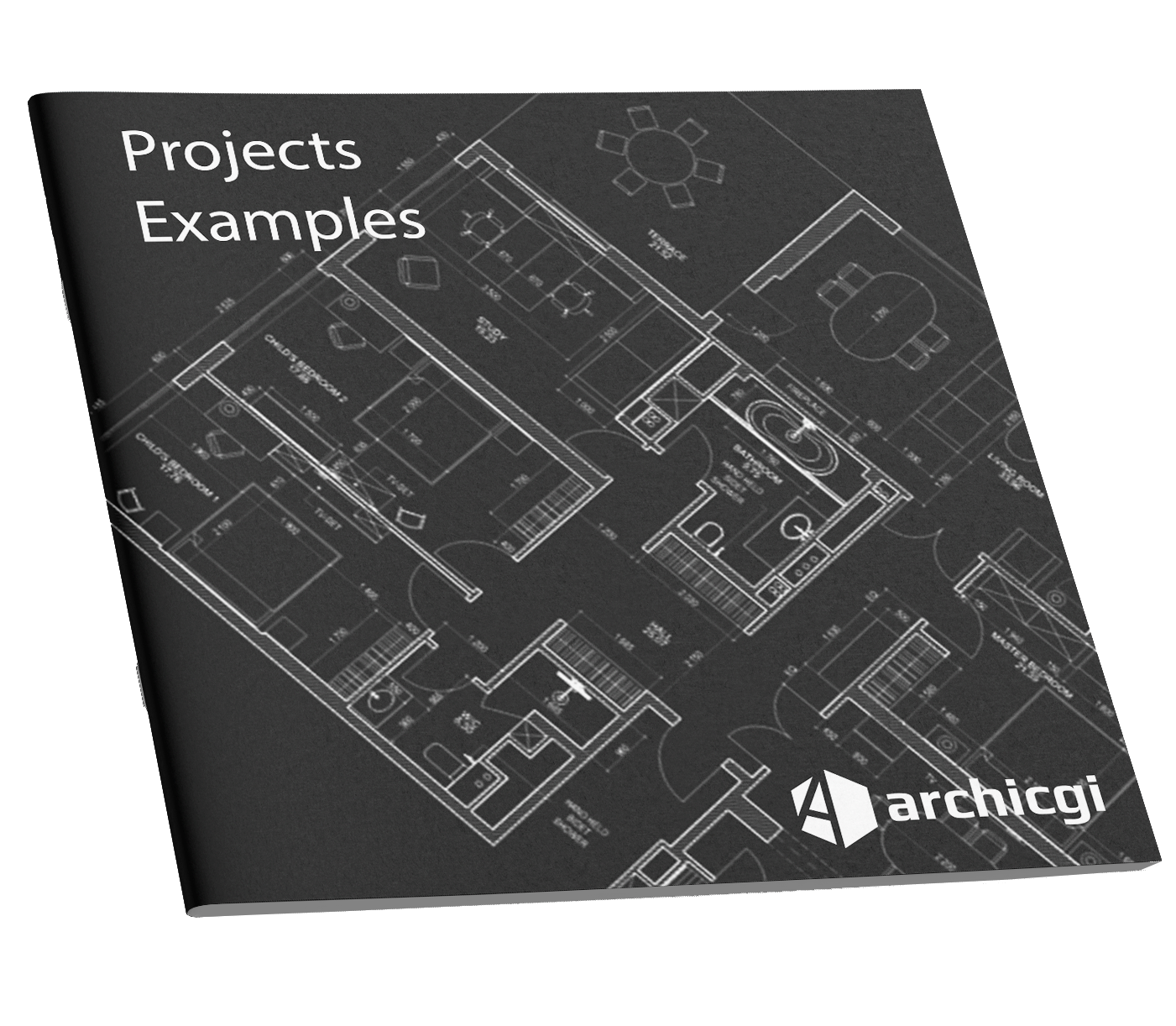DRAFTING STEPS: HOW TO CONDUCT CAD DRAWING PROJECTS REMOTELY

Every architect and interior designer knows what drafting steps it takes to deliver high-quality CAD drawings and how responsible this task is. Therefore, they always have professional in-house drafters whom they trust this important job.
However, usually, the in-house drafting team is not so big, so they can deal only with smaller routine tasks. And when it comes to larger jobs and all employees are already snowed under with work, there’s a risk to fail deadlines and lose clients. In such cases, the management has to take a step toward the problem and either hire more drafters or go for outsourcing, so that their company could deliver the project on time.
No doubt, hiring new employees is a long and burdensome process that includes such steps as selection, checking test assignments and holding interviews. Not to mention that after new specialists get the job, a company must provide them with a convenient workplace, a competitive salary, pay for sick days and vacations, etc. Outsourcers, on the other hand, don’t need all of that – they charge their customers only for the job done. So isn’t it easier to outsource your drafting right away?
But how can an architect check which of these studios can really deliver professional outsource CAD drafting? Take a look at our list of 7 drafting steps to understand how remote draftsmen work and what are the keys to successful collaboration.
#1. Contacting a Client Manager

For starters, architects or designers select a number of outsource drafting companies based on their portfolios. The next step of picking the most reliable contractor is to clarify all their working conditions. The best way to do so is to reach out to the studio managers and ask them certain questions. For instance, which CAD software they use, how many people they can allocate for this project, what are the terms and conditions and correction policy, is there a non-disclosure agreement, and so on.
Usually, a client understands if they can trust the studio or not based on the manager’s competency which becomes obvious in the very first minutes of the conversation. Needless to mention, there’s no excuse for the rude attitude, equivocation, and lack of knowledge. Customer-oriented firms educate their managers and keep a strict watch on how they treat customers.
#2. Signing the Papers

At the beginning of the collaboration, the studio and the client sign a service contract that clearly spells out all the details — deadlines, fees, payments, the liability of the parties, etc. Despite the fact that signing documents is not the drawing project itself, it’s one of the main drafting steps, in terms of working with outsource firms.
In addition to the service contract itself, a well-reputed studio always signs a non-disclosure agreement or NDA. In this document, the parties stipulate working conditions, and the company undertakes to keep all project steps and details in the utmost secrecy. Moreover, each drafting company must negotiate with the customer whether the studio can show these drawings in its portfolio or not. No need to mention, that both clients and a firm have to adhere to all terms of the contract, otherwise, they will face fines and litigation. Which of course, nobody wants to get involved in.
On top of that, forward-looking studios take another necessary step to provide double protection of their customers’ information. All employees of the company also sign their internal NDA that guarantees that none of the staff will disclose details of any studio drafting project.
#3. Fill In The Brief

A brief is a package that has all the materials on the project — sketches, references, drawings, photos, textual explanations, client’s suggestions, and so on. In short, a customer has to provide the drafting firm with all possible materials before proceeding to the next steps in drafting.
A project manager of the studio checks the brief — and if there’s not enough information, they have to ask an architect or designer for additional materials. Of course, this process delays the delivery of drafts so it’s better to provide all the references from the start. To put it simply, the fuller the initial brief, the faster the project goes.
#4. Communicating Throughout the Process

Once the draftsmen started their work, it’s better for the customer to not worry and interfere with the specialists’ workflow. However, every client wants to keep in touch with the team and carefully monitor all the drafting steps. How can one do it?
To help their client to be present in the working dialogue and react quickly, a professional outsource firm do their best to give them 24/7 access to all project materials. For instance, using a special CRM system, our clients get their personal account and access to a group chat with the drafting team. Thus, a customer can communicate with the specialists directly, send them additional materials, ask questions and even make adjustments to the project.
On top of that, our CRM works both on computers and smartphones. Therefore, 24/7 access is not an idle promise but a basic convenience that our customers get guaranteed.
#5. Suggesting Adjustments and Corrections

Edits and adjustments are an integral part of any working process and they could happen both because of the drafter’s or customer’s fault. From our experience, often, clients have to make edits because of the unexpected changes that happen on the construction site or are initiated by project investors. Guess, every architect has been through that, right?
A well-reputed oursource studio is always on the customer’s side and is ready to make a certain number of edits for free. Usually, the amount of free corrections is written in the contract so that the process is convenient for both parties and no conflict situations happen.
#6. Approving the Project

Out of all the previous drafting steps, this is the moment the client is waiting for the most. Obviously, when approving drafts, an architect or designer must make sure that the draftsmen did everything right. Professional drafters have to not only provide quality drawings but also present them well. By presenting we mean carefully putting down all dimensions, keeping the correct breadth of all the lines, distributing all the drawings on separate sheets and numbering them, and so on. In drafting, every step and detail matters.
It’s also important in what format the drawings are saved — outsource draftsmen have to use universal or the most popular formats. Although the client manager elaborates with the customer on the desired format, one can clarify it in advance in order to avoid misunderstanding later.
#7. Giving the Feedback

After all the drafting steps are done, here comes the final stage. Now, clients have gotten the final files, so they are sure about the results of the work. Therefore, they can give the studio feedback. The customer is free to evaluate the quality of performance, leave their comments and even give the company their recommendations for future improvement.
The client can do all this on the special page of the project, as well as using traditional ways — via email or even share their experience on social networks. Any outsource company is always ready to hear from its customers. We personally love the reviews and consider each one of them as a step forward that helps our company to grow.
Conducting drawing projects remotely could actually be quite a convenient process that is not so different from working with in-house employees. In both cases, architects and draftsmen go through the same drafting steps — give a task, discuss all the details, control the process and make edits. As for convenience, even in offices, almost all communication takes place in messengers and emails. Same with outsources.
Want to know more about CAD services our studio provides? Check out this archive with projects examples and learn more.
In professional outsource firms, specialists know how to organize an effective workflow and communication, using the most innovative tools. For example, we have our own CRM system that’s called Archivizer — it allows our clients to have direct contact with an outrsource drafting team. By installing Archivizer on their computer and smartphone, customers always can be in touch with the team, ask questions, share files and step on to make adjustments. Therefore, the whole collaboration process becomes smooth, fast and simple.
Need quality CAD drawings as soon as possible? Try our drafting services and we will make professional drafts right on time!












Leave a Reply
Want to join the discussion?Feel free to contribute!